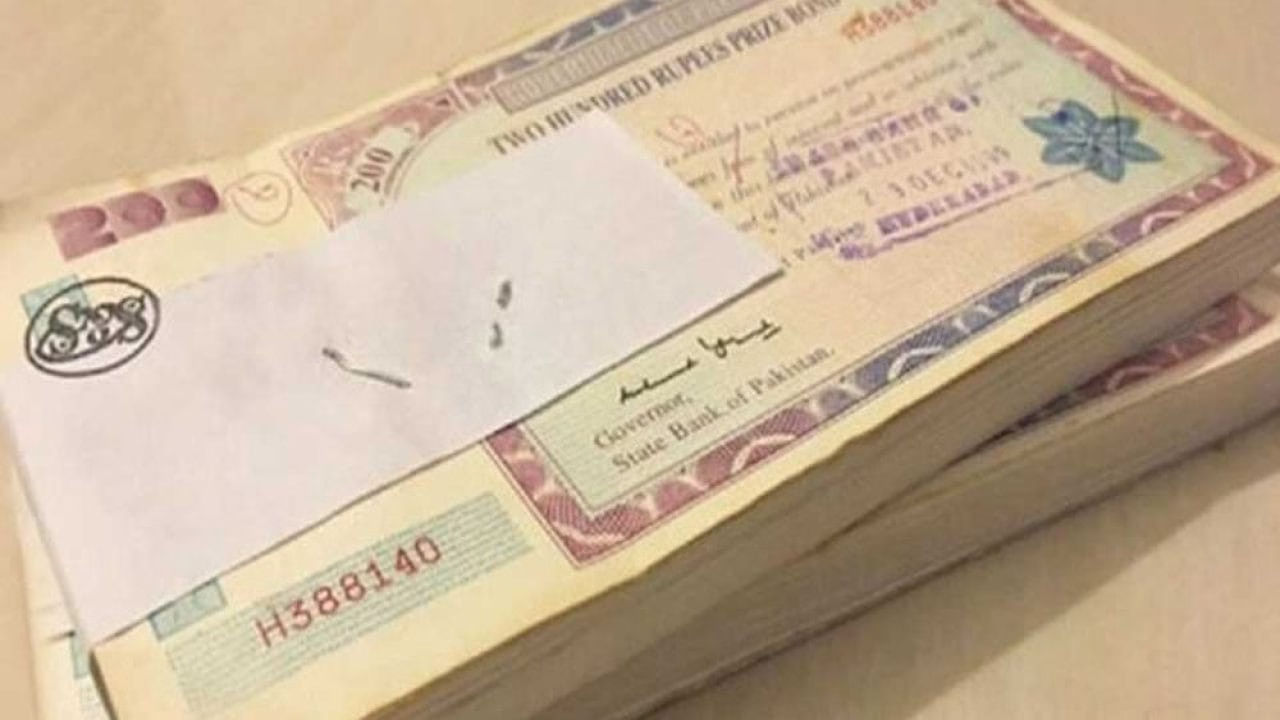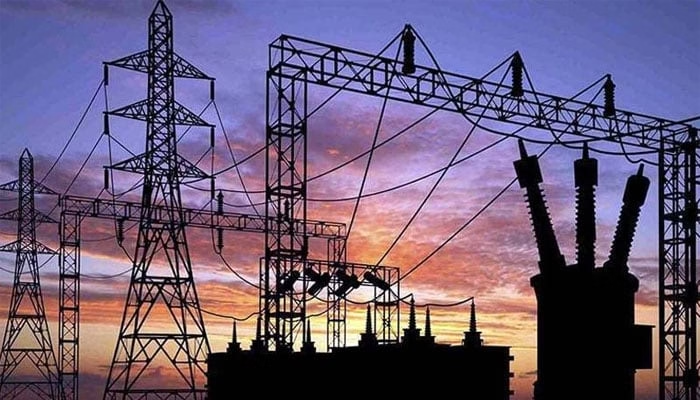The European Union is moving forward with a controversial plan to use frozen Russian assets worth around €170 billion to back reparation loans for Ukraine. This financial strategy, revealed by the Financial Times, reflects Brussels’ growing urgency to secure funding for Kiev as US support shows signs of weakening.
Frozen Russian Assets at the Heart of the Debate
When Russia escalated its conflict with Ukraine in 2022, Western nations froze nearly $300 billion in Russian sovereign funds. Of this, about €200 billion was immobilized at Euroclear, a Brussels-based clearinghouse. According to officials, approximately €170 billion of these frozen Russian assets have already matured into cash holdings.
The EU now seeks to redirect this cash into EU-issued bonds that would generate proceeds for Ukraine. This mechanism, referred to as “reparation loans,” is designed to provide Ukraine with immediate financial support while avoiding the legal and political implications of outright asset seizure.
How Reparation Loans Would Work
European Commission President Ursula von der Leyen has pushed for the establishment of a reparation loans mechanism. Under the proposal, the EU would channel the cash balances from frozen Russian assets into bonds, with the money then transferred to Ukraine in tranches.
This structure has two main objectives:
- Deliver timely financial assistance to Ukraine.
- Avoid direct seizure of the assets, which Brussels fears could trigger legal challenges and damage global trust in the eurozone’s financial system.
Another option being considered involves creating a special-purpose vehicle (SPV) to manage the loans. This SPV would allow participation by non-EU partners, expanding the pool of funding available to Kiev.
Growing Pressure on the EU
The move to use frozen Russian assets comes at a critical moment. Washington has scaled back new aid packages for Ukraine, leaving Europe under pressure to bridge the gap. According to a US note circulated among G7 capitals, member states were urged to explore “innovative” ways of seizing or leveraging sovereign asset principals to fund Ukraine.
The EU had previously pledged $21 billion, while the G7 collectively supported a $50 billion loan package backed by interest earnings from the frozen funds. But the proposal to go beyond interest and use the principal value of frozen Russian assets marks a significant escalation in Europe’s financial commitment to Ukraine.
Opposition from Within the EU
Not all EU member states are on board with the plan. Belgium, Germany, and France have raised concerns that tapping into the principal value of frozen Russian assets could violate international law. Critics argue it risks undermining investor confidence in the euro and could set a dangerous precedent for the handling of sovereign reserves in the future.
Belgium, home to Euroclear, has been particularly cautious. Officials worry that dipping into the principal, rather than just using accrued interest, may open the EU to legal disputes and weaken the credibility of its financial institutions.
Moscow’s Strong Reaction
Unsurprisingly, Moscow has condemned the move. Russian officials have labeled any attempt to seize or repurpose frozen Russian assets as outright “theft.” The Kremlin has warned that such actions would further escalate tensions and destabilize the already fragile global financial system.
Russia’s stance is clear: sovereign assets, even when immobilized due to sanctions, remain the property of the state and cannot be lawfully confiscated or used by foreign governments.
Why This Matters for Ukraine
For Ukraine, the stakes are high. The country continues to face massive reconstruction costs while simultaneously financing defense efforts against ongoing conflict. International estimates suggest Ukraine may need over $40 billion annually in external financing just to sustain its economy.
By leveraging frozen Russian assets, Brussels hopes to create a reliable funding stream that reduces Ukraine’s dependence on short-term aid negotiations. Analysts note that with €170 billion already matured into cash, the EU has a unique opportunity to transform dormant assets into active financial support.
Balancing Legality, Morality, and Politics
The debate over frozen Russian assets highlights a broader dilemma: how to balance the urgent need to support Ukraine with the legal and political risks of repurposing sovereign reserves. While supporters argue that Russia should bear responsibility for the damage caused by its war, opponents warn that bending financial rules could undermine the stability of the international system.
The EU’s decision in the coming months will set a precedent not only for the Ukraine conflict but also for how future geopolitical crises might be financed. If Brussels proceeds, it will mark one of the most significant uses of frozen sovereign assets in modern history.
The EU’s plan to use frozen Russian assets for reparation loans to Ukraine represents both a bold financial innovation and a legal gray area. With €170 billion in matured funds sitting in Euroclear, Brussels sees a chance to provide Kiev with immediate and sustainable support. However, objections from key member states and fierce condemnation from Moscow underscore the risks.
As Washington pulls back, the EU faces mounting responsibility to shoulder Ukraine’s financial burden. Whether the use of frozen Russian assets becomes a long-term solution or sparks greater controversy will depend on how Brussels navigates the delicate balance of legality, credibility, and necessity.



